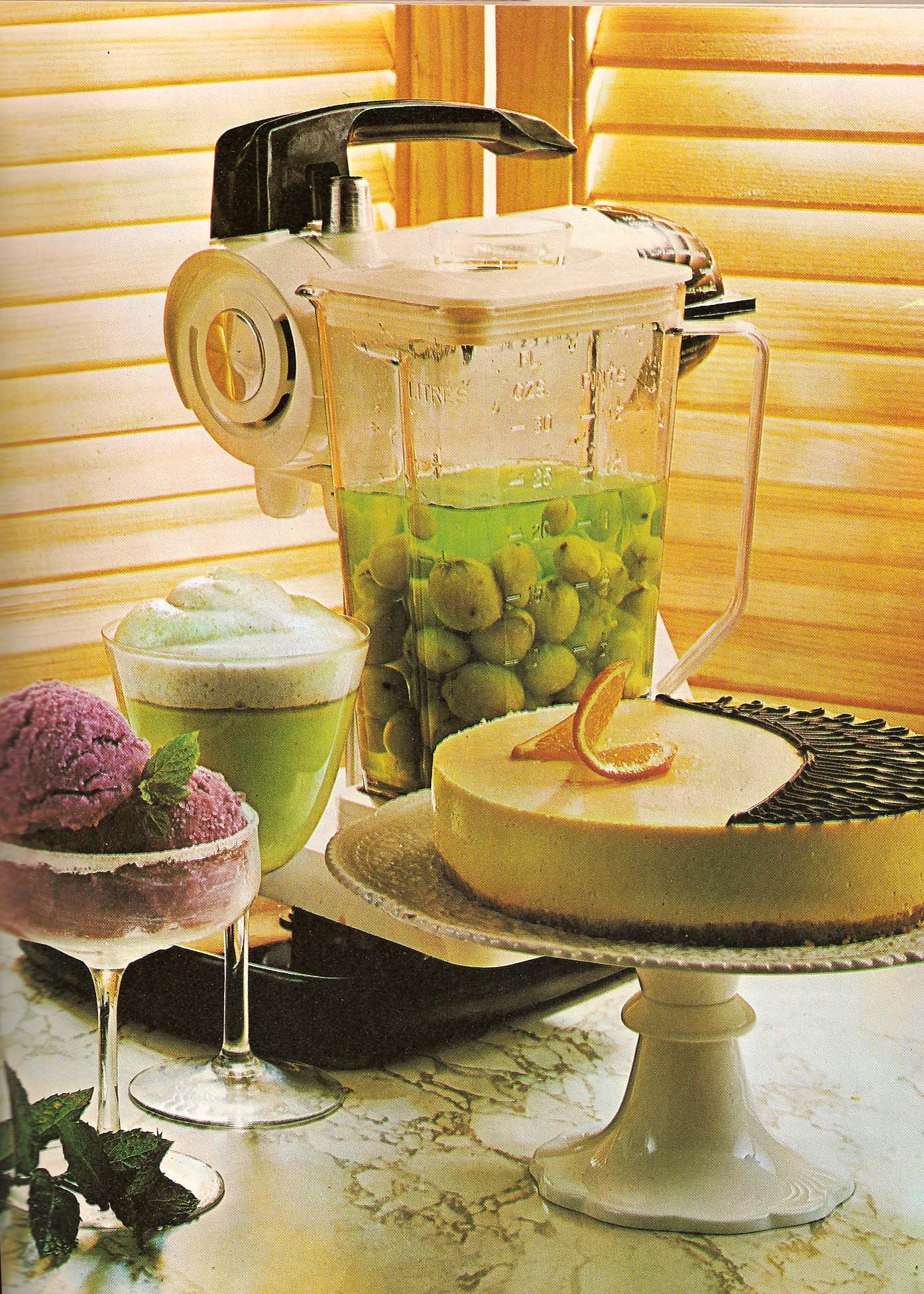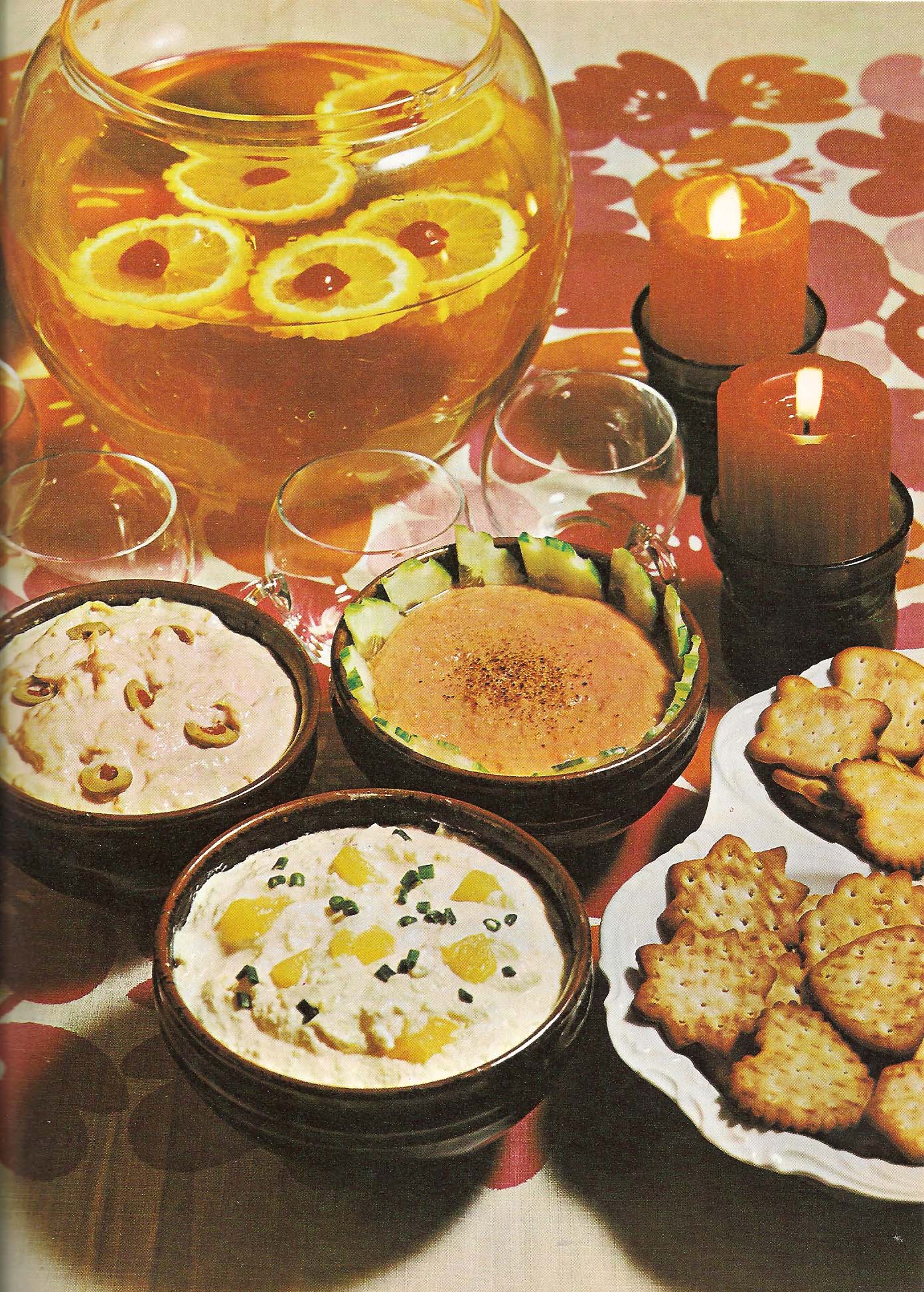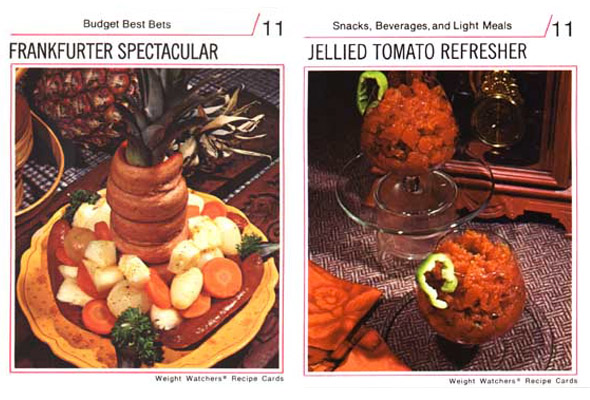The Fashion of Food Photography
Image ©Fran Flynn for Balthazar Wine & Dine
One of the most significant and frequently overlooked aspects of food photography is fashion. Yes, fashion! You might not possess an awareness of how significant an impact fashion has on food photography because you're looking at images every day. Naturally, as styles evolve your mind 're-sets' to suit. However, if you look back at the kind of shots that were considered 'on-point' a couple of decades ago, the impact of fashion becomes ultra-obvious.
For me, the 70s represent an era in fashion that really stood out in terms of fashion. The colours, patterns and styles were bold, colourful, daring and exciting. Retrospectively a lot of what was considered cool at the time is hilarious now! Clothing, hairstyles, furniture, wallpaper - everything was experimental and often heavily influenced by psychedelia. I particularly enjoy seeing images of men wearing colourful interesting clothing — such a departure from the sea of drab grey suits you see today.
70s food often reflected the psychedelia of clothing fashions.
It might seem obvious once you consider it, but of course, all these fashion trends traversed into food photography. Backgrounds (Louvred panel background with back-lighting appeal to anyone?!), props, textures, fabrics are all heavily affected by the 'look' of the times. BUT it goes much further than that.
Louvred panel background with back-lighting appeal to anyone?! Myra Street, Mixer & Blender Cookbook 1972
Food images tended to reflect the clothing fashions of the time - Myra Street, Mixer & Blender Cookbook 1972
Fashion not only influences the elements and colours schemes in food photography. In addition, it has a massive influence on the food itself. The presentation of food evolves enormously over the years. You'd rarely see lamb chops presented in a crown formation nowadays or defrosted burgers embedded in a cauliflower!
You'd rarely see lamb chops presented as a crown nowadays - Myra Street, Mixer & Blender Cookbook 1972
You'd rarely see defrosted burgers embedded in a cauliflower nowadays - Birds Eye Recipe Cards
If we delve a little bit deeper, even the ingredients that are considered to be on-trend can change radically, usually on a seasonal basis.
I doubt many people in the 70s would be able to tell a chia seed from an acai berry or kefir from kombucha. From what I can ascertain by reviewing old food images from the 70s, gelatin moulding was the big trend of the time and not just in desserts (Yeuch!).
Gelatine moulding seemed very on-trend - McCall's Great American Recipe Cards
Recipe cards were the Instagram of the '70s (& green olives seemingly a top ingredient) - McCall's American Recipe Cards
Today we have Instagram, with its unrelenting feed of images produced by everyone from seasoned professionals, to kids with a phone camera. In the 70s they had recipe cards. Recipe cards were produced in postcard format on thick card, with a food photograph and a recipe. They were popularised by women's magazines who used to distribute them as a bonus giveaway item.
Fashion equally deeply affects the approach to photography itself. If we consider angle-of-view, I can safely say that if I see another multi-dish overhead shot this year — particularly popularised by meal delivery companies — I might just spontaneously fall asleep (Although I still enjoy shooting them!).
Image ©Fran Flynn for Carmody's Restaurant
In the 70s there seemed to be two clear preferences for framing. Both were mainly shot from a 2/3 angle and they either; i) shot very close to the food with minimal props but often a busy background or ii) farther away but totally crammed the scene with props.
Close-up shots seemed very on-trend in the 70s - Carrier's Kitchen by Robert Carrier
Cramming an image with props seemed popular also. Myra Street, Mixer & Blender Cookbook 1972
Images tended to be quite structured and 'clean'. You would never have seen the mess of crumbs or 'deconstructed' styling that we relish today. 'Faking it' was popular — mashed potato instead of ice-cream and shaving foam instead of cream. People are often disappointed when I tell them that faking-it is pretty rare these days.
White balance is another thing that interestingly has changed significantly. White balance is a real undervalued mood creator. Warmer tones can give a sense of candlelight or warm evenings by the fire. Bluer tones might suggest bright sunny days. Currently, blue tones are considered to be the most flattering to food whereas in the 70s yellow tones were much more common.
White balance tended to be very warm in 70s food images. Source: Weight watchers receipe cards
Fashion is also affected by regional characteristics. What is considered on-trend in the U.S. or Japan might be altogether different from what an Australian audience is enjoying, both in terms of the recipes and the visual presentation. Lucky for us the internet offers the potential to develop a global perspective. However, since search results are become more and more personalised and regionalised, your perspective might be much less global than you think.
Download a FREE chapter of my ebook 'The Ultimate Guide to Natural Light for Food Photography' by adding your details here:
If you have read far, I hope I have utterly convinced you that fashion plays a huge part in food photography. But how does affect you as a food photographer? Well, it means that you might want to be aware of trends. Being conscious of the kind of work that is being produced by the most respected photographers, stylists, publications and bloggers will set you on the right path.
Want to know THE best lighting angle for food photography that works every time? Download my free cheat sheet by entering your details below:
Ideally, we'd all like to be setting our own trends of course, but inevitably there are only a few leaders of the pack. A healthy aspiration might be to become one of these trailblazers.
What do you consider to be the defining trends in food photography? Let me know in the comments below.
You might also like:
Hi I'm Fran, a professional photographer and designer based on the Gold Coast in Australia. I’m a lifelong creative, passionate about producing drool-worthy images that provoke emotion and make you hungry!
My obsession is teaching others how to achieve the satisfaction of realising their creative vision too. I also love to produce high quality visual books (especially cook books) for my clients.



















